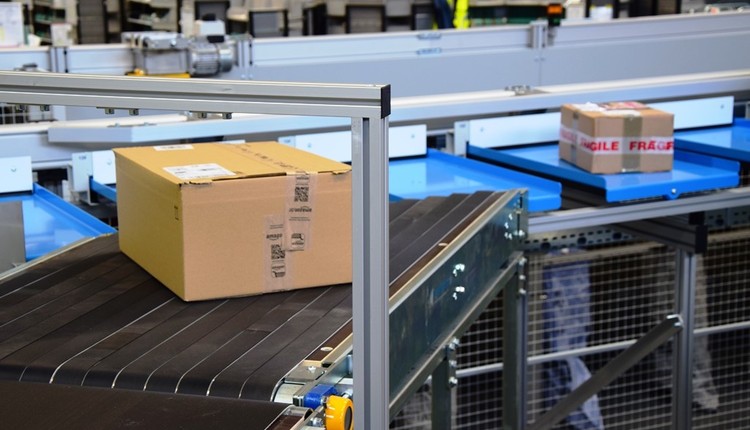NEWARK, N.J., March 28, 2011 /PRNewswire/ -- Japan's catastrophic earthquake, tsunami and nuclear crisis have had far-reaching effects on the supply chain, stretching beyond major manufacturers and transportation hubs to suppliers' suppliers and local transport congestion. The Journal of Commerce examines the potential for these repercussions to permanently alter business practices in today's Cover Story and recent webcast, available for download today.
"We no longer have supply chains. We have supply networks, and those networks are vast and clearly global," said Jim Rice, deputy director for Massachusetts Institute for Technology's Center for Transportation and Logistics. "You can be a small company in Des Moines, Iowa, that depends on a product that's made from a component that comes from overseas somewhere."
Within a week, General Motors announced the temporary idling of a Shreveport, La., plant and curtailed production at two European plants because of parts shortages. Toyota, which makes 43 percent of its vehicles in Japan, told U.S. dealers that its production stoppages would reduce March deliveries by 17,400 vehicles.
Auto parts, tires, engines, and motors account for more than 40 percent of U.S. containerized imports from Japan, according to PIERS, a sister company of The Journal of Commerce and a division of UBM Global Trade. But this catastrophe halted production at nearly two-thirds of Japan's 72 engine and transmission plants, reported forecasting firm IHS Automotive. Even Japanese plants outside of the damage zone were affected by electric power restrictions, disrupted local transportation and their own suppliers' shortages. These crises have echoed across a wide range of industries, impacting companies from Boeing to Caterpillar to Sony and Nokia.
Whether the Japan calamity will create permanent and drastic changes to business practices is yet to be seen, but it's certain that its lessons for resiliency planning are already advancing industry thinking. This week's Cover Story, written by Senior Editor Joseph Bonney, examines the ripple effects for production, as well as the recovery outlook for the world's third-largest economy.
More information on this topic can be found in the recent JOC Webcast, "The Japan Disaster: Rebuilding Supply Chains," featuring insight from MIT's Jim Rice and Senior Research Director Bruce Arntzen and JOC/PIERS Economist Mario Moreno, at www.joc.com/webcasts.
"We no longer have supply chains. We have supply networks, and those networks are vast and clearly global," said Jim Rice, deputy director for Massachusetts Institute for Technology's Center for Transportation and Logistics. "You can be a small company in Des Moines, Iowa, that depends on a product that's made from a component that comes from overseas somewhere."
Within a week, General Motors announced the temporary idling of a Shreveport, La., plant and curtailed production at two European plants because of parts shortages. Toyota, which makes 43 percent of its vehicles in Japan, told U.S. dealers that its production stoppages would reduce March deliveries by 17,400 vehicles.
Auto parts, tires, engines, and motors account for more than 40 percent of U.S. containerized imports from Japan, according to PIERS, a sister company of The Journal of Commerce and a division of UBM Global Trade. But this catastrophe halted production at nearly two-thirds of Japan's 72 engine and transmission plants, reported forecasting firm IHS Automotive. Even Japanese plants outside of the damage zone were affected by electric power restrictions, disrupted local transportation and their own suppliers' shortages. These crises have echoed across a wide range of industries, impacting companies from Boeing to Caterpillar to Sony and Nokia.
Whether the Japan calamity will create permanent and drastic changes to business practices is yet to be seen, but it's certain that its lessons for resiliency planning are already advancing industry thinking. This week's Cover Story, written by Senior Editor Joseph Bonney, examines the ripple effects for production, as well as the recovery outlook for the world's third-largest economy.
More information on this topic can be found in the recent JOC Webcast, "The Japan Disaster: Rebuilding Supply Chains," featuring insight from MIT's Jim Rice and Senior Research Director Bruce Arntzen and JOC/PIERS Economist Mario Moreno, at www.joc.com/webcasts.



